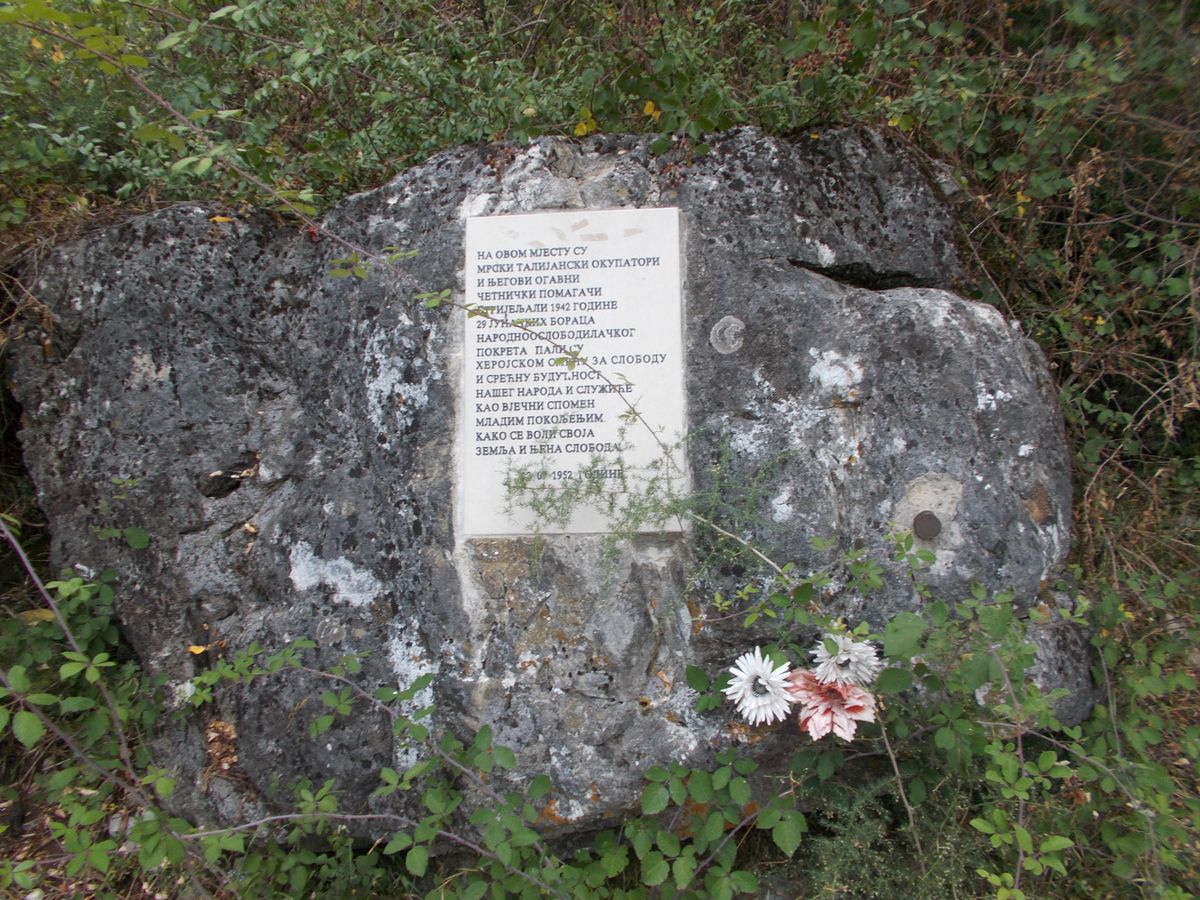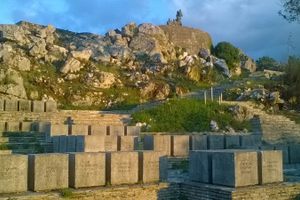About
This monument on Trebjesa hill in Nikšić commemorates Yugoslav Partisan fighters who died fighting the occupying Axis Powers during World War II. It also honors 32 soldiers and anti-fascist fighters who were executed in the area.
Constructed after Tito's death, it was designed by local sculptor Ljubo Vojvodić and officially opened in 1987. Standing 65 feet (20 meters) tall, the monument is a significant WWII memorial in Montenegro and remains regularly visited, especially on important historical dates. One notable figure, Čedomir0-Ljubo Čupić, born to Montenegrin immigrants in the United States, joined the Partisan movement and was executed in 1942. His defiant smile before the firing squad became a legend, having been captured in a photo by an Italian photographer.
The monument's artistic design combines various elements, representing a harmonious tribute to the past, as well as the resilience of Partisan fighters in Yugoslavia against the Axis powers. Sculptor Vojvodić has been known to incorporate gear motifs in his regional monument designs and is a central element of this site.
It possibly symbolizes the impact of conflict on the lives of ordinary Yugoslavs. Additionally, the monument's shape can be interpreted as floral, with the circular face representing a flower turning towards the sun. The symbolic use of flowers, commonly associated with WWII memorials in the former Yugoslavia, signifies themes of 'rebirth' and 'renewal'. The circular face also features a 5-pointed star, a symbol of the Partisan anti-fascist army and the Yugoslav communist government.
Related Tags
Community Contributors
Added By
Published
October 17, 2023

























